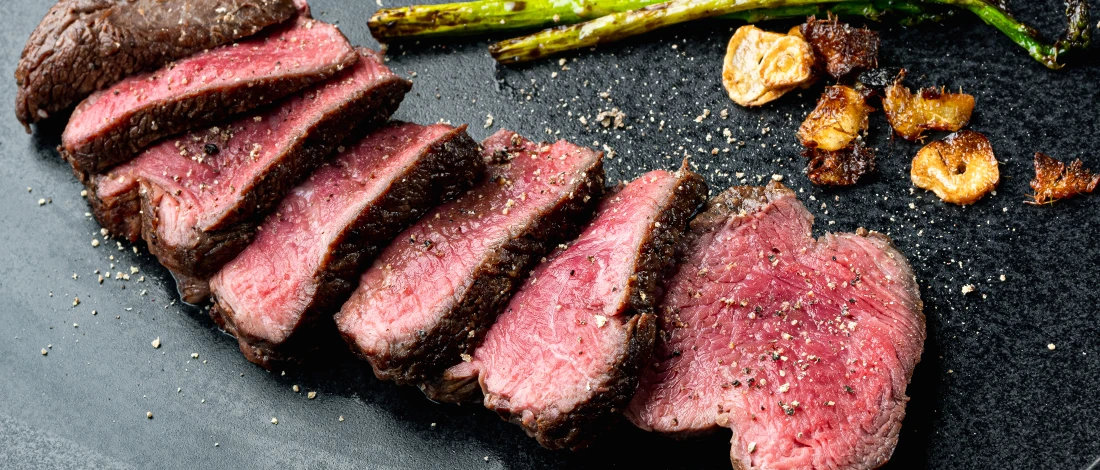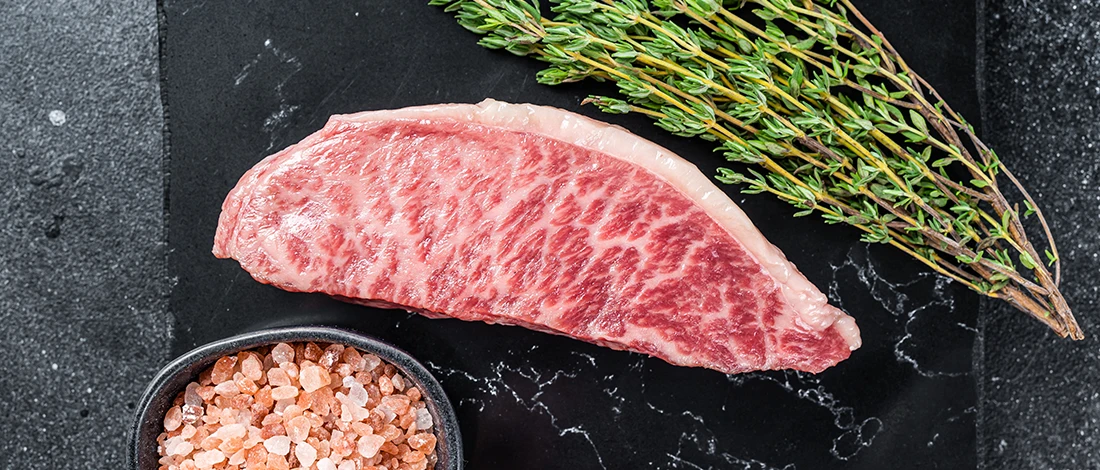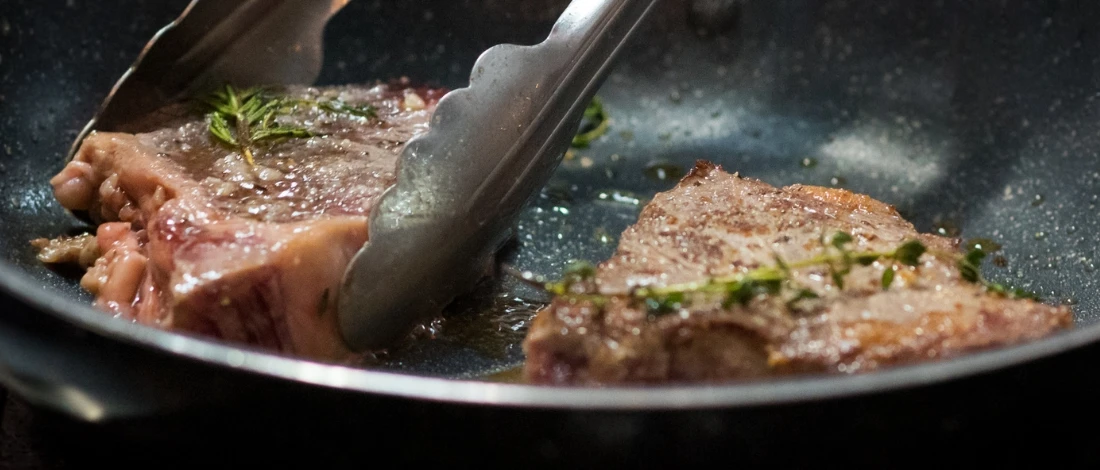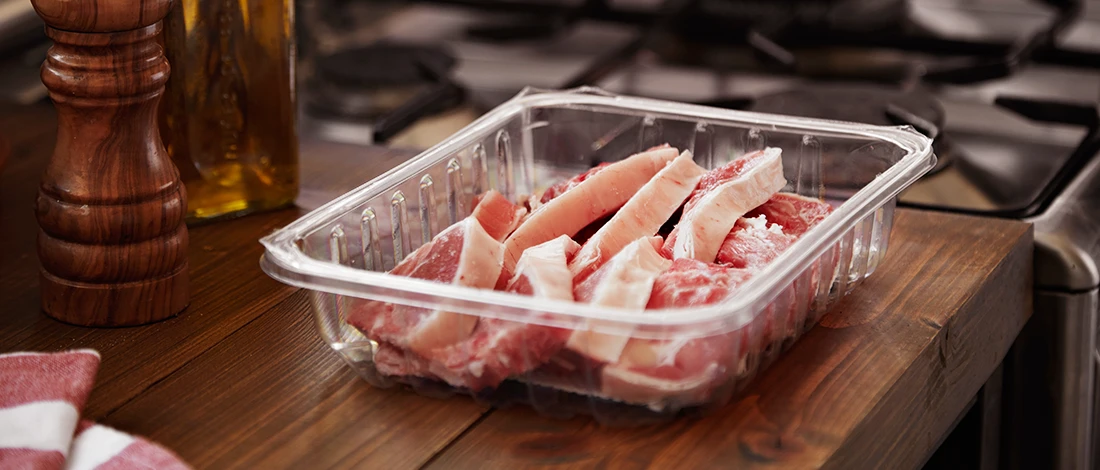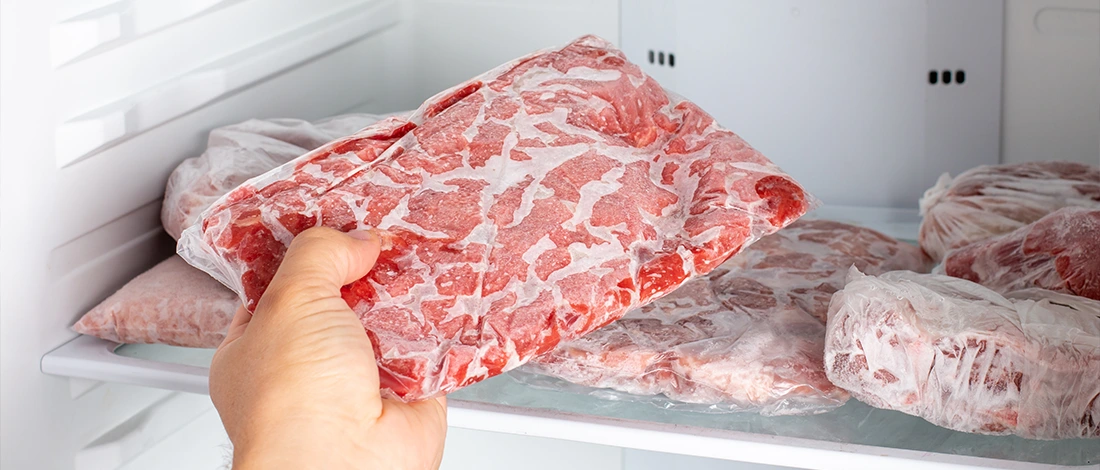As an avid meat lover and a cook, I understand that cooking pork is a delicate balance between achieving a delicious meal and avoiding unsafe conditions.
You must cook a pork chop thoroughly to ensure it's safe to eat, but it's also important not to overcook it to avoid tough, dry meat.
After dedicating hours to meticulous research, practical experimentation, and consultations with fellow Carnivore Style chefs, I'll share the expertise needed to determine when pork is cooked to perfection.
In this article, I'll share three reliable methods to assess the doneness of pork, ensuring your meals are delicious and safe.
Quick Summary
- To determine if pork is cooked, use a meat thermometer; the USDA recommends 145°F for safety.
- Check the internal color; cooked pork should be white or slightly gray, not rare or red.
- Perform a texture test by pressing the meat gently; it should feel firm when properly cooked.
3 Ways to Assess Pork Doneness
Regarding pork and health concerns, I only source quality products like heritage-bred, antibiotic, and hormone-free pork from reputable companies like ButcherBox.
Here are my tried and trusted methods to check whether your pork cut is ready for consumption.
1. Use a Meat Thermometer
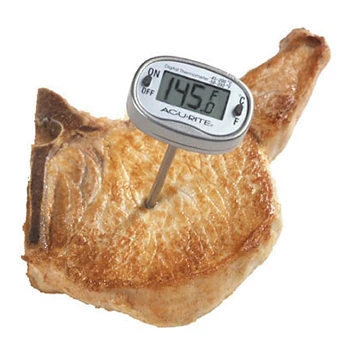
The most proven method to ensure the meat is cooked all the way through is done using a meat thermometer.
The United States Department of Agriculture (USDA) recommends that pork is cooked to a safe internal temperature of 145°F in order to ensure the pork is done [1].
This equates to medium meat doneness. Anything from raw meat to medium-rare meat needs to be cooked sufficiently when dealing with pork.
This is true for butchered meat like pork tenderloin, pork loin, and shoulder for pulled pork. 145°F is the food thermometer temperature you should see for slow-cooked pork in a smoker, a slow cooker, or pork chops done in a hot pan.
With this device, you can avoid over-cooking or undercooking your food. Carefully insert the thermometer into the thickest part of the meat and ensure it does not touch any bone before taking the temp reading.
Pro tip: To accurately measure the temperature of thin cuts such as pork chops or sausages, you should insert the thermometer through the side of the meat to ensure you are in the thickest part.
Cooks should also use an instant-read thermometer to check the temperature of ground pork before serving it.
According to the USDA revised guidelines, ground meat must be cooked to a temperature of 160°F by an analog or digital cooking thermometer to be safely consumed [2].
This is because the increased surface area of ground pork is more susceptible to foodborne bacteria like Salmonella and E. coli.
Note: When slow-cooking pork, there is no other way to check if the meat is done without a thermometer. However, for solid pork like roast pork, there are other methods to see if the pork is done.
Also Read: Meat Temperature Chart
2. Internal Color and Juices
Several alternative ways to tell if pork is done without a thermometer exist. These carry more risk than if you take the temperature of the cooked meat, but you can still use them in a pinch.
The first method to tell if pork is done is to check the color of the meat's interior. Semi-cooked meat will still be red, while cooked pork should look like white meat or slightly gray.
A faintly pink hue to the meat is usually fine. Pork chops, pork loin, and pork tenderloin cooked to 145°F often have a hint of pink, so eating slightly pink pork is okay.
However, rare red or significantly pink meat is underdone and should not be eaten.
Another important indicator of doneness is whether juices from the meat run clear without being overtly bloody when you poke them with a fork or knife.
Without clear juices, you need to continue cooking over your heat source.
Related Articles:
3. Texture Test
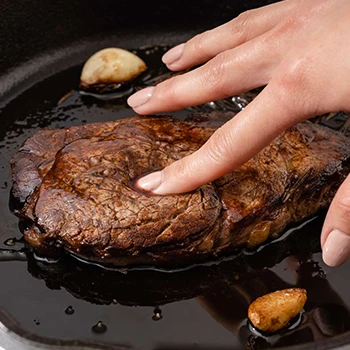
A final way to tell if pork is done is a classic tell known as the touch method.
Again, this is less reliable than using a digital thermometer or meat thermometer but can provide additional information if you still need to get one available.
After your meat has completed the recommended cooking time, gently press into it with your index finger or middle finger. Don’t exert too much pressure, but get a sense of how firm it feels.
Now, compare the texture to the fleshy spot at the base of your thumb when touching your pinky finger or ring finger.
Well-cooked pork should have the same firmness or feel slightly firmer than this spot.
Also, inserting a skewer or long knife into a roast can give you a hint if it is ready. The knife should move in and out easily, and the meat should not be tough inside.
"Pork is my absolute favorite meat to work with. It's versatile, flavorful, and always a crowd-pleaser."
- Ina Garten, American Author & Chef
Reasons It's Important to Cook Pork Properly
According to Carnivore Style's team, undercooked meat can bear several health risks.
1. Trichinosis
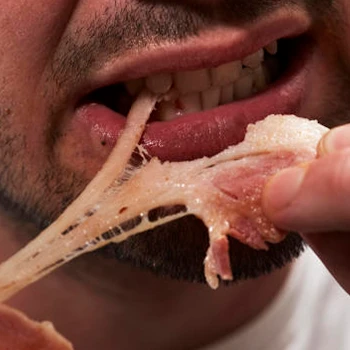
One of the most common concerns about eating undercooked pork is trichinosis.
This disease is caused by a parasitic worm found in pigs' muscle tissue. People who eat raw pork or undercooked meat containing these parasites can end up with trichinosis.
Symptoms of this disease include diarrhea, vomiting, fatigue, and fever [3]. In severe cases, it can even lead to death. Heating pork chops or pork loin to a temp of 145°F will kill the parasites and prevent trichinosis.
2. Other Bacteria
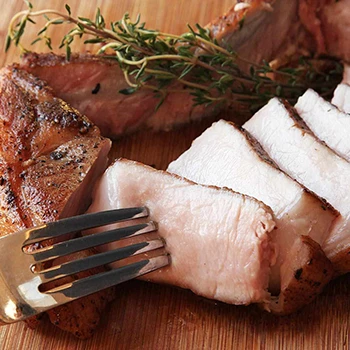
In addition to trichinosis, other harmful bacteria can be found in undercooked pork.
Properly cooking pork can help avoid foodborne illnesses caused by bacterial strains like Salmonella, Campylobacter, Listeria, and Staphylococcus aureus, which may cause symptoms like fever, chills, and digestive discomfort [4].
Heating pork until it reaches the correct cooking temperature is critical to avoid these risks.
FAQs
What Temperature Kills Trichinosis in Pork?
The internal temperature of 145°F kills trichinosis in pork. However, a temp of 160°F in ground pork is necessary to kill the parasites. It is always important to ensure that pork is cooked thoroughly before it is eaten.
Why Is Pork Still Pink After Cooking?
Pork is still pink after cooking, particularly processed pork, because the proteins in the meat bind to nitrates. This binding prevents the molecules from releasing oxygen from the muscle, keeping the meat still pink.
Is It OK to Eat Pink Pork?
It is OK to eat pink pork as long as the internal temperature of the meat has reached 145°F during the cooking process. This temperature is necessary to kill any parasites or bacteria that may be present in the pork.
References:
- https://www.fsis.usda.gov/food-safety/safe-food-handling-and-preparation/meat/fresh-pork-farm-table
- https://www.usda.gov/media/blog/2011/05/25/cooking-meat-check-new-recommended-temperatures
- https://www.ncbi.nlm.nih.gov/books/NBK536945/
- https://www.ncbi.nlm.nih.gov/pmc/articles/PMC6739826/


